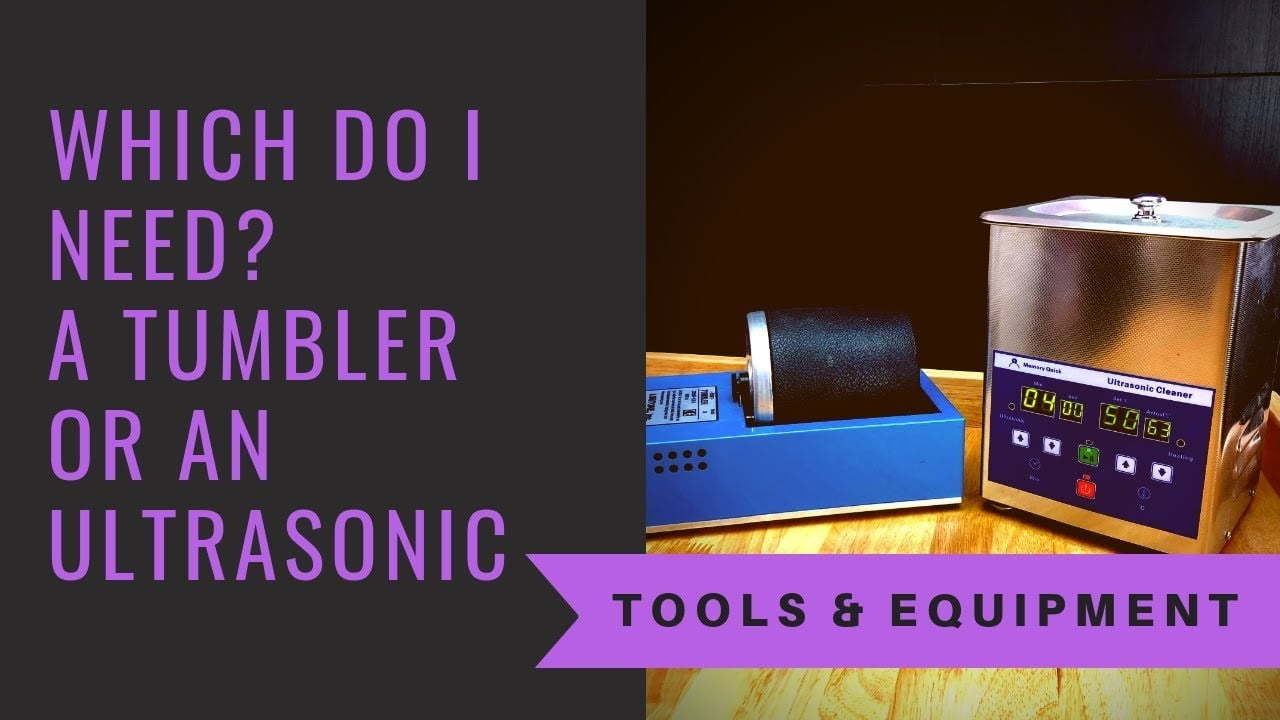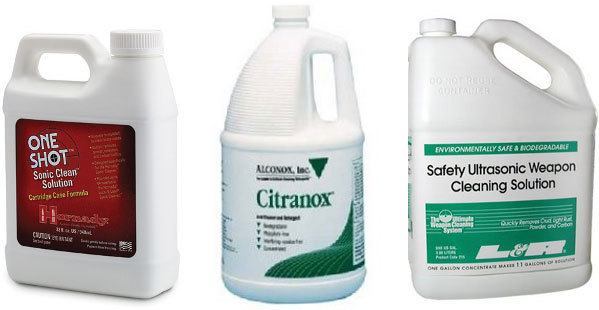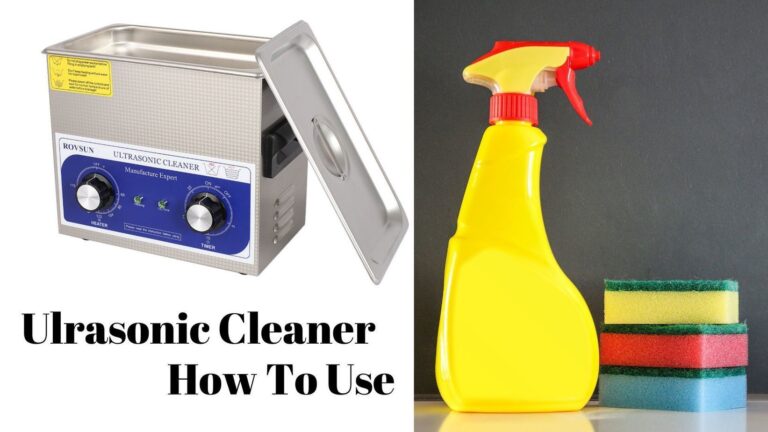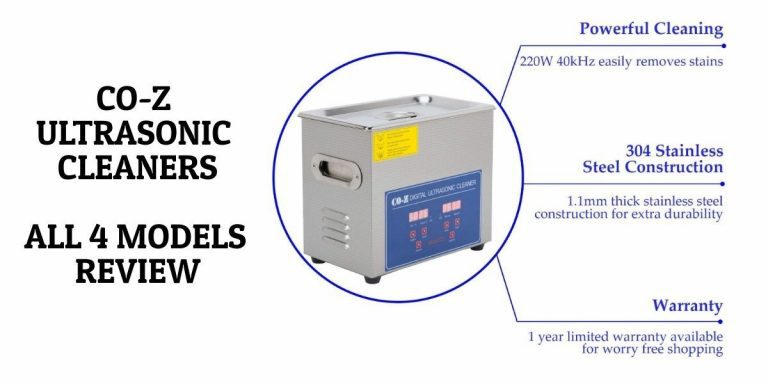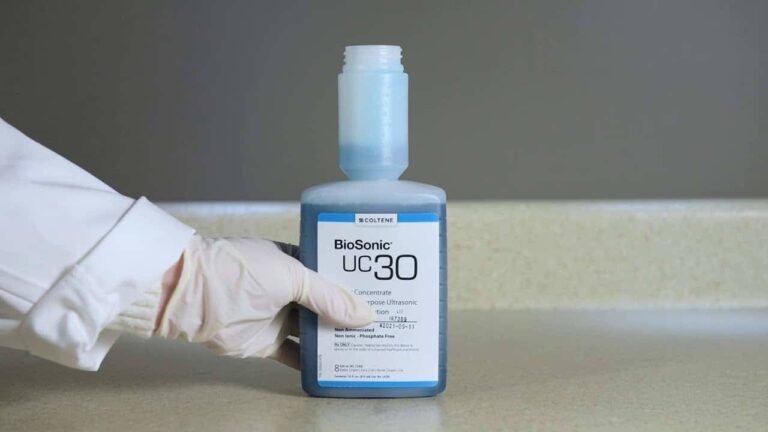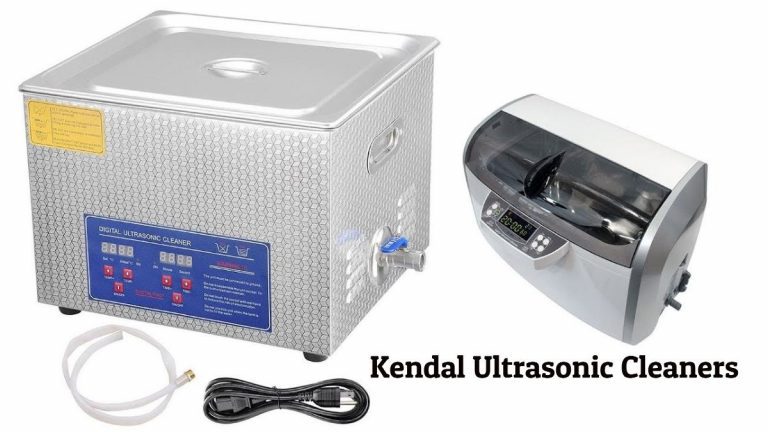Ultrasonic Cleaner vs Tumbler – Working Process & Application
Wanting to enjoy some thorough cleaning outcomes? You have two main kinds of equipment for your leverage. These are the ultrasonic cleaner vs tumbler respectively. Though little known and often confused, these two appliances are distinct and highly effective in their own rights. Our goal in the discussions that follow shall be to showcase their distinctness, areas of application, and general purposes. At the tail end, we shall determine which of the two is the more outstanding and recommended for your use.
Ultrasonic Cleaner vs Tumbler
Ultrasonic Cleaner
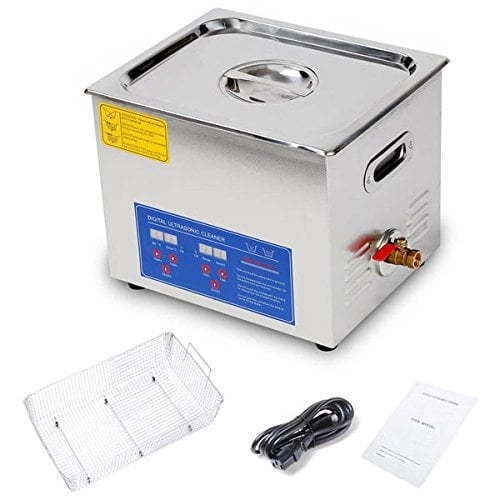
An ultrasonic cleaner is an item that makes use of ultrasound to eliminate dirt from various surfaces. The ultrasound refers to sounds whose frequency ranges from around 20 kHz to 40 kHz. These sounds work in conjunction with water to generate the desired effects. They may or may not operate independently of detergents too!
The ultrasonic cleaning is pretty fast indeed. It takes roughly three to six minutes to yield the intended outcomes. At the same time, it is also very thorough in that its effects last a lifetime.
Working Process
As stated, ultrasonic cleaners use ultrasound to clean. Ultrasounds are sounds whose frequencies range from 20 kHz to around 40 kHz. They are outside the audible range of human hearing and sound perception capability. When released, these sounds agitate a liquid, and the detergents contained therein are called cleaning solutions. This agitation results in some cavitation bubbles which eliminate any contaminants which may have stuck on the various surfaces. The action also has the ability to pierce through recesses, cracks, and blind holes.

Applications
This method of cleaning finds applicability in many areas and fields. Listed and explained below are the top places where you will find it quite suitable and handy for your use:
- Non-absorbent Materials – You may use it to get rid of dirt on many non-absorbent surfaces. Examples include plastics and metals. These surfaces are hardly impacted by chemicals and retain the dirt they trap.
- Small Electronic Parts – Some small electronic parts like wires, rods, and cables are ordinarily difficult to clean using ordinary approaches & require brass cleaning. Yet again, this method of cleaning comes in handy. It gets rid of the hardest of dirt or stains.
- Industrial Components – Like the non-absorbent surfaces explained above, the industrial components also harbor much dirt. Only a strong and powerful method of cleaning like this one may be suitable for the elimination of such dirt.
- Weapon Industries – This method of cleaning also finds wide applicability in the weapons industry like rifles, pistol shotguns etc. Here, it prepares the various delicate surfaces for the subsequent roles of joinery and fusion.
- Miscellaneous Applications – As a last measure, this cleaning technique also handles a host of miscellaneous applications. From preparations of surfaces for welding to the sterilization of important gadgets made of stainless steel, to mention but a few!
Tumbler
Next comes the tumbler. It is a piece of equipment that gets rid of unwanted dirt and debris from off surfaces without the use of detergent and water. Instead, it employs the processes of deburring, descaling, burnishing, and brightening to achieve that very end.
The cleaner, upon accommodating the item to be cleaned starts to vibrate. In the process of so doing, it eliminates that debris typically by chipping away some portions of the stubborn stains. The process is, on the whole, faster and quieter than most alternatives.
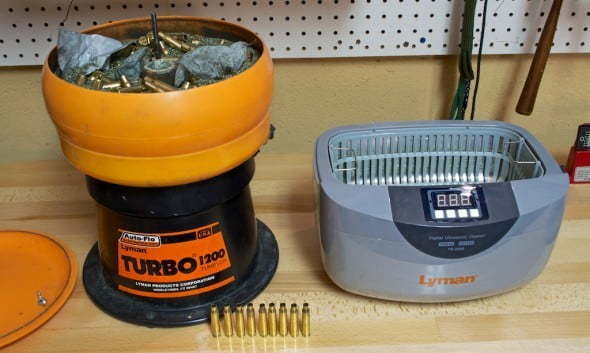
Working Process
As explained above, a rotary tumbler basically entails chipping away bits and portions of the material being targeted. The material is placed into the tub of the tumbler after which the latter is switched on. Upon being activated, it commences the process of rubbing against the workpiece under the application. The friction so generated also brightens and shines the surfaces.
In some instances, you may have to put in a little water to facilitate the cleanliness process. It is suitable for both internal and external cleanliness activities at a time. The only downside is that prolonged and frequent use may reduce the lifespan of the structures being cleaned.
Applications
- Deburring – The method smooths and neatens the rough edges or ridges of metallic objects. In this way, it plays a leading role in making those places appear better and more sterile than they would be with other cleaning approaches.
- Descaling – This refers to the removal of scales and hard deposits from off surfaces. Those items which handle hot water like pipes and kettles are worst affected by this issue of scales. This cleaning technique has been noted to do a good job of reversing the trend.
- Polishing – Sometimes eliminating dirt in and of itself is never sufficient. You have to make the surface concerned appear brighter and more appealing. The tumbler is able to polish metallic surfaces also. It does so courtesy of the rubbing actions.
- Abrasion – Through the abrasion approach and cleaning style, tumblers are able to peel off dirt and other undesirable debris from metallic surfaces. This technique differs from the descaling in that it is comprehensive and not limited to scale alone.
- Sharpening – Lastly, the technique can also sharpen surfaces. This simply refers to making the surfaces sharper and more pointed. Examples of objects which require sharpening from time to time are knives and kitchen appliances.
Final Verdict
From the discussions above, the tumbler stands out of the two cleaning apparatuses. Why? It has the ability to perform many chores outside its traditional role of cleaning surfaces. It hence yields comparatively more value for money than the ultrasonic cleaner. Its major downside though is its higher energy consumption and noise output levels.
Then again it requires some mastery of technical skills to operate. It is in your best interest to acquire these skills before settling on them. Having done our part n showcasing the benefits and the differences between these two top cleaning apparatuses, we leave it to you to now go ahead and find the most appropriate one for your course. As always, feel free to seek more information or further guidance from us if you happen to get stuck.

